Why would anyone want to hike at night? Especially when you can’t really see where you are going, and who knows what critters might be lurking in the dark shadows.
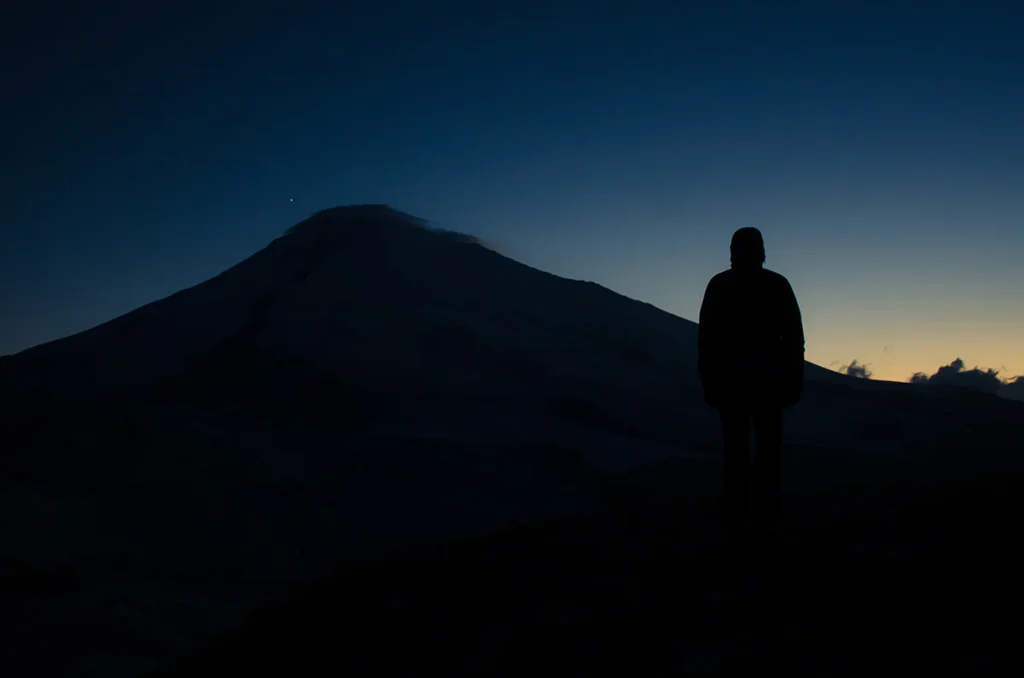
Why would anyone want to hike in the Sonoran Desert at night? Especially when the temperature is 98 degrees between 9 and 10 pm.
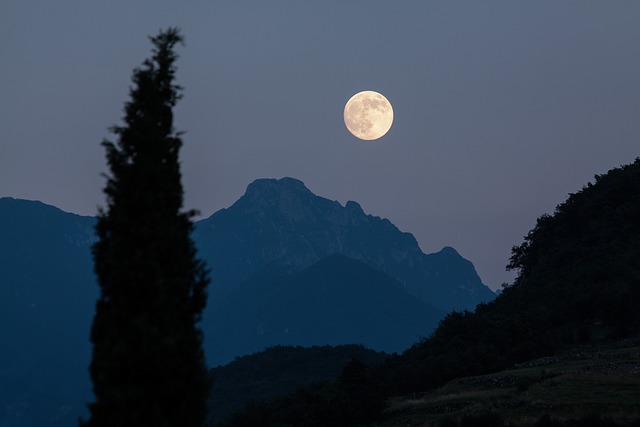
Why would Neil hike at night? The answer…in order to see up, close and personal, the “desert hairy scorpion.”
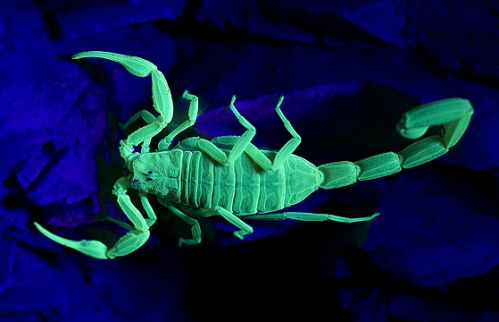
So, this past weekend I decided to try something that I have never done before – take a hike in the dark.
Two reasons for doing so. One, I love to hike, but I had never done a hike in the dark before. So, this was a new challenge which I could not resist.
Secondly, I had never heard of or seen or learned anything about a desert hairy scorpion before. So, my curiosity got the best of me. I had to explore.

The non-profit organization Friends of the Desert Mountains, especially the 280,000-acre Santa Rosa and San Jacinto Mountains National Monument, on certain evenings conducts a naturalist lead hike in the dark – one designed to introduce you to the desert hairy scorpion.
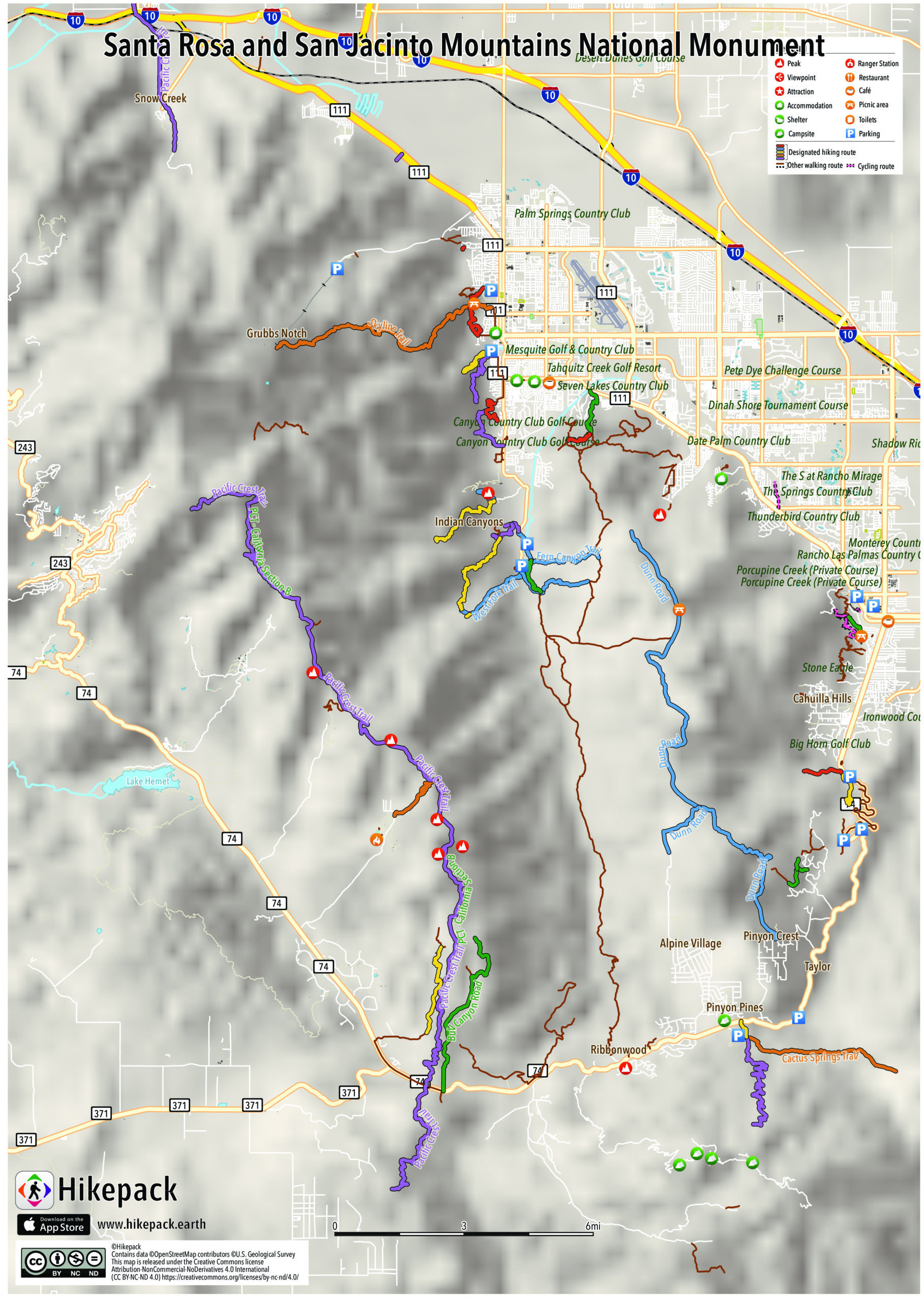
This takes place at the jumping off spot for the Art Smith Trail located in the Palm Desert area of the Coachella Valley in Southern California.

Here is what I learned — some interesting and unusual facts about the desert hairy scorpion:
- Largest Scorpion in North America: The desert hairy scorpion is the largest scorpion species in North America, reaching lengths of up to 5.5 inches.
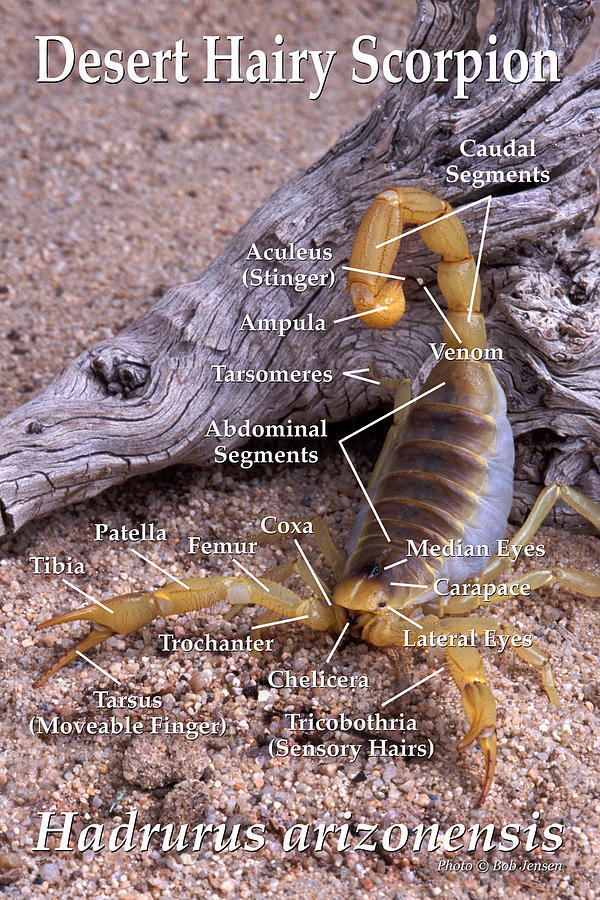
- Hairy Appearance: They are named for the sensory hairs that cover their bodies, which help them detect vibrations and changes in their environment, especially when someone or something approaches it. This is crucial for them because they can’t see or hear very well.
- Unique Habitat: Desert hairy scorpions are adapted to live in arid desert environments. They are commonly found in the southwestern United States, particularly in Arizona, California as well as in parts of Mexico.
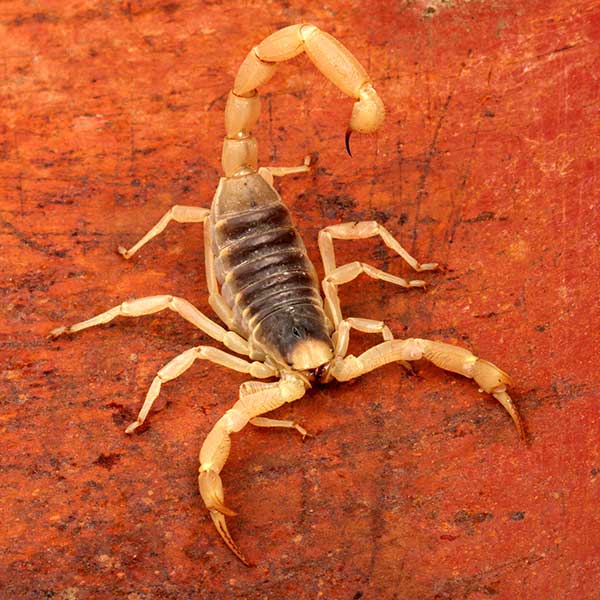
- Burrowing Behavior: They are expert burrowers, creating extensive underground tunnels to escape the extreme heat of the desert. These burrows can be up to 8 feet deep.
- Nocturnal Hunters: These scorpions are primarily nocturnal, coming out at night to hunt for food. Their diet consists of insects, spiders, and sometimes other scorpions.
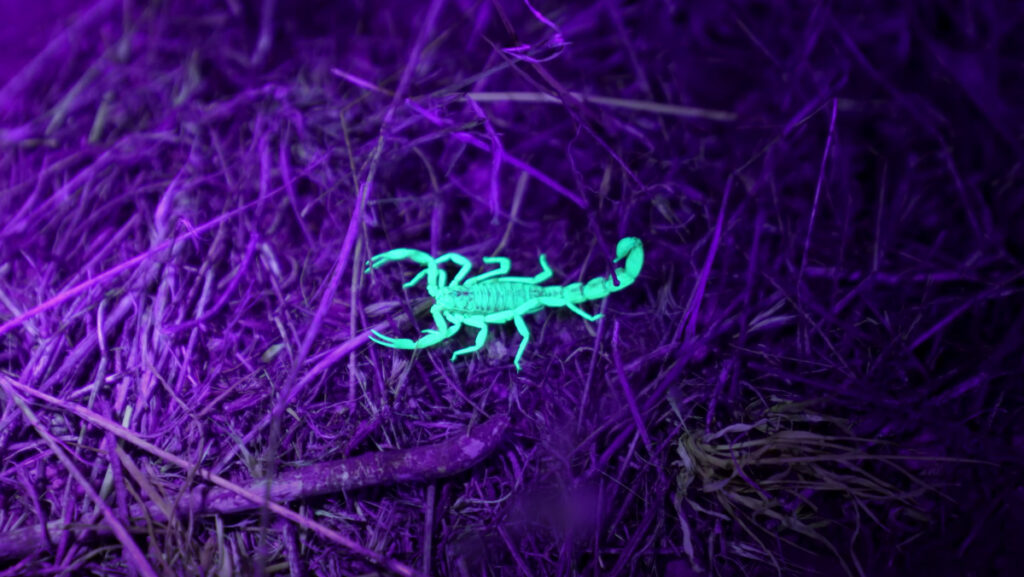
- Fluorescence Under UV Light: Like many scorpions, the desert hairy scorpion has a substance in their exoskeleton that fluoresces under an ultraviolet light, called a black light. When under the black light the scorpion glows a bright greenish-blue.
- Relatively Mild Venom: Despite their intimidating size, their venom is relatively mild compared to other scorpion species. It’s not usually dangerous to humans, causing only localized pain and swelling.
- Long Lifespan: These scorpions have a relatively long lifespan, often living up to 7 years in the wild.
- Sensory Pectines: They possess specialized sensory organs called pectines, located on the underside of their bodies. These structures help them detect chemical signals and vibrations in their environment.
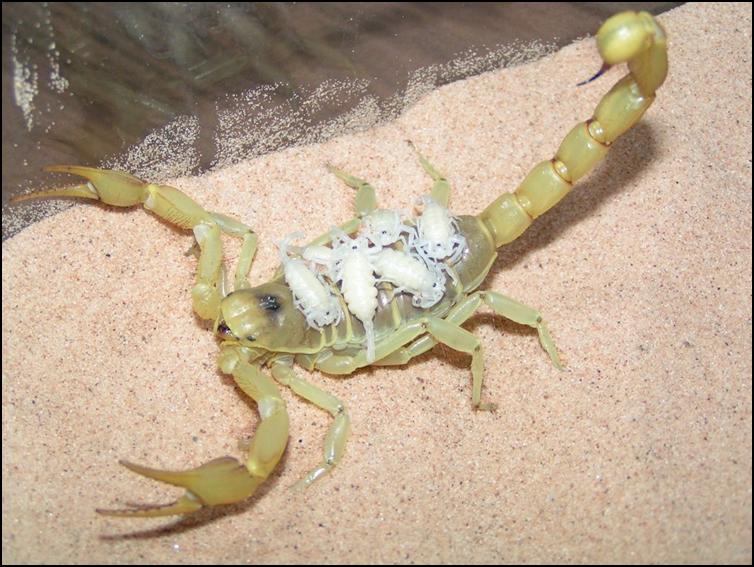
- Maternal Care: Female desert hairy scorpions exhibit extraordinary maternal care by carrying their young on their backs until they undergo their first molt and are ready to fend for themselves. Females are very prolific with a typical litter ranging from 35 to 50 offspring.
Bottom line. There is so much to learn about the desert hairy scorpion. So interesting and so fascinating.
I also experienced what it is like to hike in the desert in the dark.
Are they prolific? How many might you have encountered and in what length of time?
earl,
we saw 12 in a one hour period.
neil